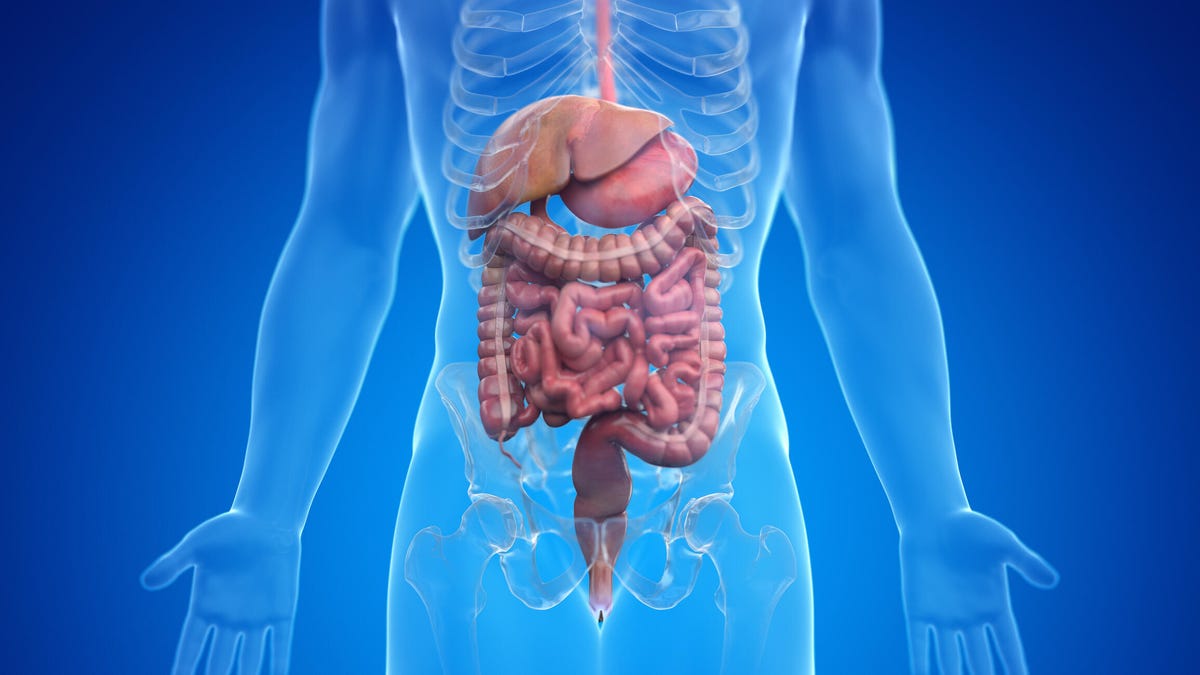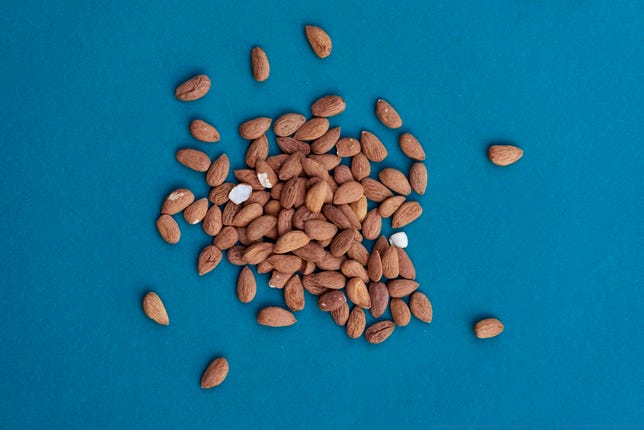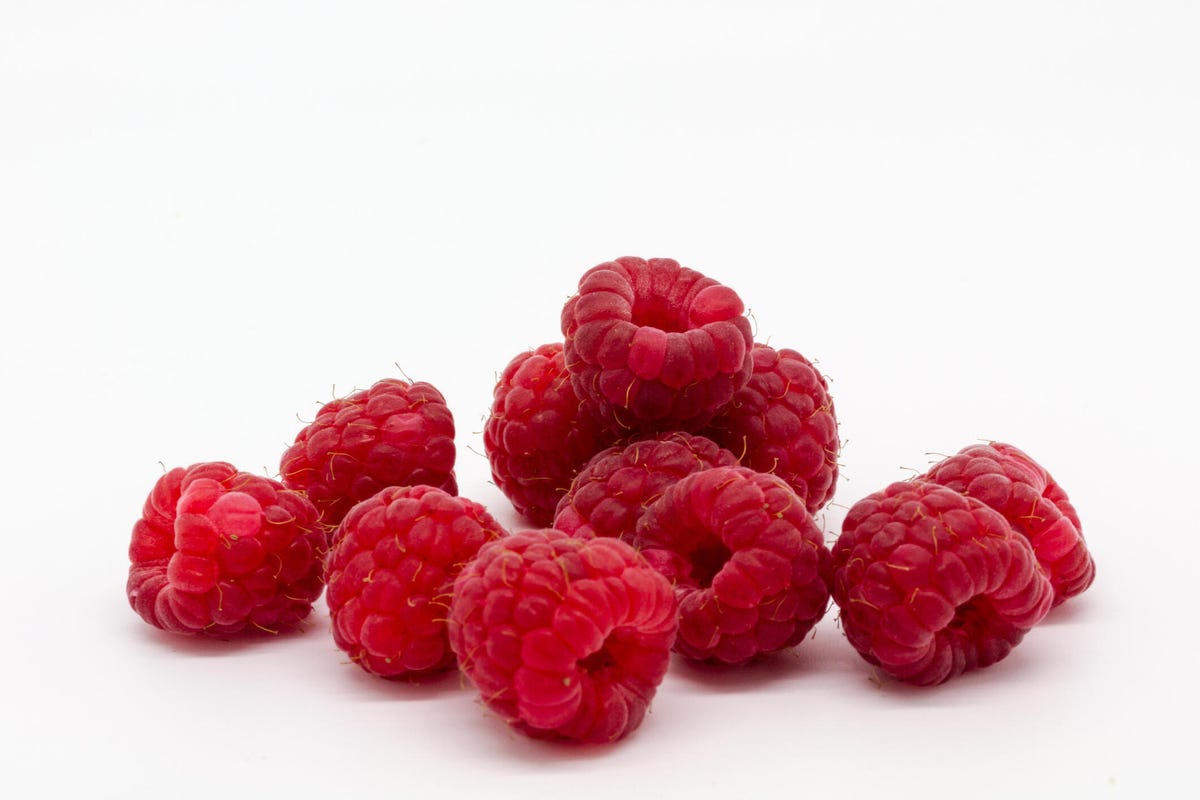If your doctor says you need to consume more fiber, that might not spark a surge of excitement. You’ve heard people talk about their unpleasant experiences of guzzling fiber supplements mixed into tall glasses of water. But, hey, it’s good for you, right?
Yes, fiber is an essential part of a healthy diet. Most Americans know this, but only 5% of the US population consumes the recommended amount of fiber every day, according to the National Library of Medicine. Many people think they have more fiber in their diet than they actually do. But many also hold misconceptions, such as the consumption of more fiber means a duller, more bland diet.
There’s good news, though. Fiber is found in many delicious foods that are easy to incorporate into your diet. Let’s explore more about the benefits of fiber and some of the best sources of fiber you can eat.
What is fiber and what are its benefits?
Dietary fiber — the kind your doctor wants you to consume — is a type of carbohydrate. Unlike many other carbs, it cannot be digested but instead aids in the entire digestive process. It comes in two forms: soluble fiber (dissolves in water) and insoluble fiber (does not dissolve in water). Each helps your body in different ways, but it’s important to note that both kinds of fiber have a variety of health benefits. Here are a few of the best reasons to ramp up your fiber intake.
Reduces your risk of heart disease
According to Mayo Clinic, soluble fiber is known to bolster heart health. Medical experts attribute this to how fiber slows digestion, reducing hunger and interfering with bile acid production. This reduces the risk of developing diabetes — a key predictor of heart disease — and high cholesterol.
Lower chances of developing type 2 diabetes
Type 2 diabetes is a condition with a wide range of risk factors, and not everyone is equally at risk of developing it. But studies have shown that increasing your insoluble fiber intake may reduce your overall risk level. In particular, consuming high levels of fiber from whole grains such as brown rice, rye and oats has been linked to lower levels of diabetes risk.
Protects against certain types of cancer
Increasing your dietary fiber intake may help you avoid some types of cancer. Although the effects vary based on other factors and specific subtypes of cancer, soluble fibers have been tied to a reduced risk of many kinds of colorectal cancer. One study also showed that high fiber intake might reduce the risk of breast cancer by as much as 25%.
Supports digestive health


This is perhaps the benefit for which fiber is best known. Fiber helps to increase the size and weight of your stools, as well as soften them. This makes it easier to pass bowel movements, which can contribute to overall well-being and reduce the likelihood that you’ll develop conditions such as hemorrhoids or diverticular disease.
Extends your life
When you combine all these benefits, the net result is that a diet rich in fiber may improve your overall health and extend your life. One study showed that regular dietary fiber intake, especially from grains, reduced the risk of death from a variety of causes by 24% to 56% in men and 34% to 59% in women.
Foods high in fiber
According to the USDA’s Dietary Guidelines for Americans, 14 grams for every 1,000 calories is the daily dietary fiber recommendation. Women should aim for 25 grams of fiber daily and men 38 grams daily. If you’re increasing your fiber intake, be sure to do it gradually and see how you feel before adding more. Now that we know the health benefits of fiber, let’s get into the foods with the highest fiber contents.
1. Chia Seeds
Chia seeds are tiny, black seeds with a jelly-like texture when mixed with liquid. They’re popular among natural health aficionados for their nutrient-rich profile, which includes calcium, magnesium, phosphorus, omega-3 fatty acids and, yes, fiber. Many people like them in smoothies, yogurt, cereal and oatmeal.
Grams of fiber: 2 tablespoons of chia seeds come packed with 10 grams of fiber, which translates to a whopping 34.4 grams of fiber per 100 grams of seeds.
2. Popcorn
You read that right, popcorn. But, before you run off to the nearest theater and douse a big bucket of it in butter, remember that how you prepare your popcorn matters. If you want the most health benefits from this fiber-rich food, it’s best to air-pop your kernels. If you need a little flavor, try a light topping of olive oil and salt.
Grams of fiber: 3 cups of popped corn (not kernels) contain 3.5 grams of fiber, which equates to 14.4 grams of fiber per 100 grams of popcorn.
3. Almonds
Almonds are one of the best sources of fiber, as long as you don’t have a tree nut allergy. They’re extremely dense in nutrients, including healthy fats, magnesium, manganese and vitamin E. They’re also loaded with fiber, making for a powerful, healthy snack.
Grams of fiber: 1 ounce of almonds carries about 3.5 grams of fiber, for about 13.3 grams in every 100 grams of nuts.


4. Dark chocolate
This may be surprising, but health experts have been touting the health benefits of dark chocolate for a long time. Turns out it’s not just rich in antioxidants, but also a great source of fiber. Keep in mind, though, that you won’t get the full benefits unless you choose chocolate that’s low in added sugar and at least 70% dark.
Grams of fiber: A 1-ounce piece of 70% to 85% cacao has about 3.1 grams of fiber, which amounts to 10.9 grams of fiber per 100 grams of chocolate.
5. Oats
Oats are a popular breakfast choice for many, and they come with powerful health benefits, including a variety of antioxidants, vitamins and minerals. Most of all though, they’re packed with fiber and great for digestion. Oats, in particular, contain a fiber called beta-glucan, which has been shown to help control blood sugar and cholesterol. Steel-cut oats are the highest in fiber since they are less processed than rolled oats or quick oats.
Grams of fiber: 1 cup of raw oats contains about 16.5 grams of fiber, which translates to 10.1 grams of fiber per 100 grams of oats.
6. Split peas
Split peas are packed full of nutrients and rich in both protein and fiber. They’re best known for making a great soup, but they’re also handy for a crunchy snack or cooked in sauce for a casserole or gravy.
Grams of fiber: 1 cup of boiled split peas contains about 16 grams of fiber, or about 8.3 grams of fiber per 100 grams of split peas.
7. Lentils
Like split peas, lentils are part of the legume family. That means they’re similarly loaded with protein and fiber, as well as many other nutrients. They work well as a meat substitute in many dishes, and they’re also a popular ingredient in soups.
Grams of fiber: 1 cup of boiled lentils contains about 13 to 15 grams of fiber, which is about 7.3 grams of fiber per 100 grams of lentils.
8. Chickpeas
Chickpeas, also known as garbanzo beans, are yet another member of the legume family (sensing a theme here?), making them another great source of fiber and protein. They’re one of the most diverse food options on this list. You can puree them to make hummus, roast them and add them to a salad, or put them in a minestrone soup.
Grams of fiber: 1 cup of cooked chickpeas has about 12 grams of fiber, which equates to about 7 grams of fiber per 100 grams of chickpeas.
9. Kidney beans
Yep, we’re in the legume family again. Kidney beans are another good choice for a high-fiber diet, and they’re popular in bean salads, chilis or even pasta salads. A classic Italian soup, pasta e fagioli, also contains kidney beans.
Grams of fiber: 1 cup of cooked kidney beans has about 12.2 grams of fiber, which translates to about 6.8 grams of fiber per 100 grams of beans.
10. Avocados
Avocados are one of the best things you can eat for healthy fats, but they’re also surprisingly low in carbs and high in fiber. Spread them on toast or as topping on sandwiches, or make good old-fashioned guacamole for a tasty dip.
Grams of fiber: 1 cup of raw avocado contains about 10 grams of fiber, yielding about 6.7 grams of fiber per 100 grams of fruit.
11. Raspberries
Raspberries are one of many fruits that provide all sorts of antioxidants and other nutrients. They also stand out as one of the most fiber-packed fruit options you can eat, and they’re delicious. Pair them with chia seeds in a homemade chia seed pudding for an incredibly fiber-rich treat.
Grams of fiber: 1 cup of raspberries has about 8 grams of fiber, which is about 6.5 grams of fiber per 100 grams of berries.


12. Artichoke heart
Artichokes are an easily overlooked vegetable, and that’s a shame because they’re incredibly rich in nutrients and dense in fiber. They’re also notable for their positive effects on cholesterol. Roast them to make an artichoke dip, cook them on a pizza, or just eat them straight up.
Grams of fiber: 1 cup of cooked artichoke hearts contains about 14 grams of fiber, which equates to about 5.4 grams of fiber per 100 grams of artichokes.
13. Brussels sprouts
Brussels sprouts have long had a bad rep with children. If you’ve never given them a serious try in adulthood, though, now may be the time. They’re rich in antioxidants, vitamin K, and many other minerals. And they’re great sources of fiber.
Grams of fiber: 1 cup of boiled brussels sprouts has about 4 grams of fiber, which equates to about 3.8 grams of fiber per 100 grams of sprouts.
14. Pears
If you’ve always leaned toward apples for your pome fruit of choice, you may want to switch it up and give pears a try for a fiber boost. Like apples, they’re full of flavor and rich in vitamin C and vitamin K. But pears also have a richer, syrupy sweetness than apples, especially when ripe. Slice them and toss them on a salad or eat them right off the core. Regardless, you’re getting a healthy dose of fiber.
Grams of fiber: 1 medium pear contains about 5.5 grams of fiber, or about 3.1 grams of fiber per 100 grams of fruit.
15. Quinoa
Although it’s actually a seed, quinoa is classified as a whole grain. It has soared in popularity in recent years due to its role as a gluten-free grain substitute, as well as its nutrient-packed profile. With all of its other attributes, it probably won’t surprise you to learn that quinoa is also a great source of fiber.
Grams of fiber: 1 cup of cooked quinoa contains about 5 grams of fiber, which translates to about 2.8 grams of fiber per 100 grams of quinoa.
The information contained in this article is for educational and informational purposes only and is not intended as health or medical advice. Always consult a physician or other qualified health provider regarding any questions you may have about a medical condition or health objectives.
